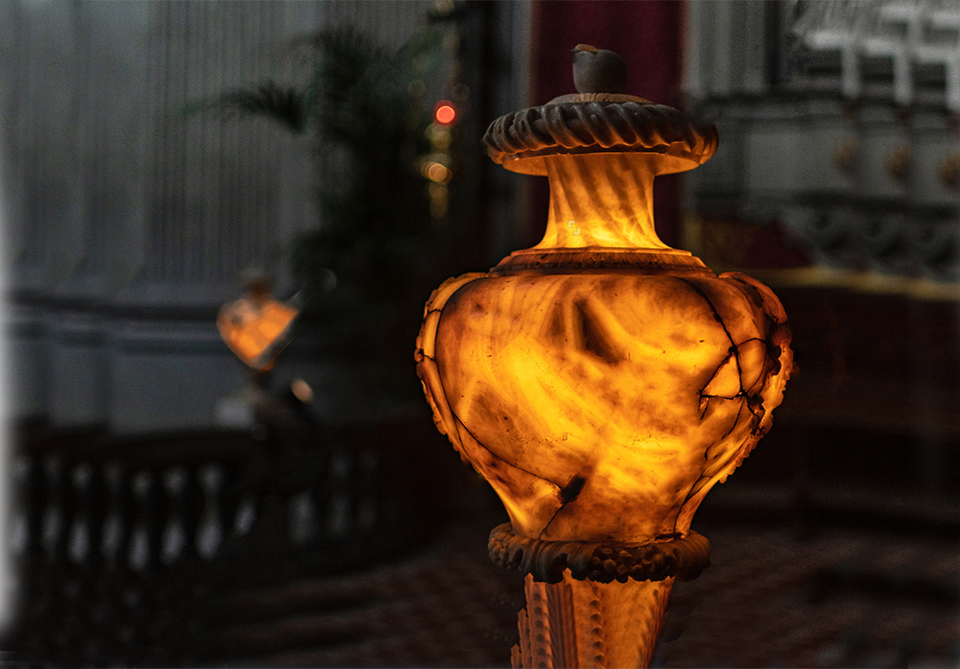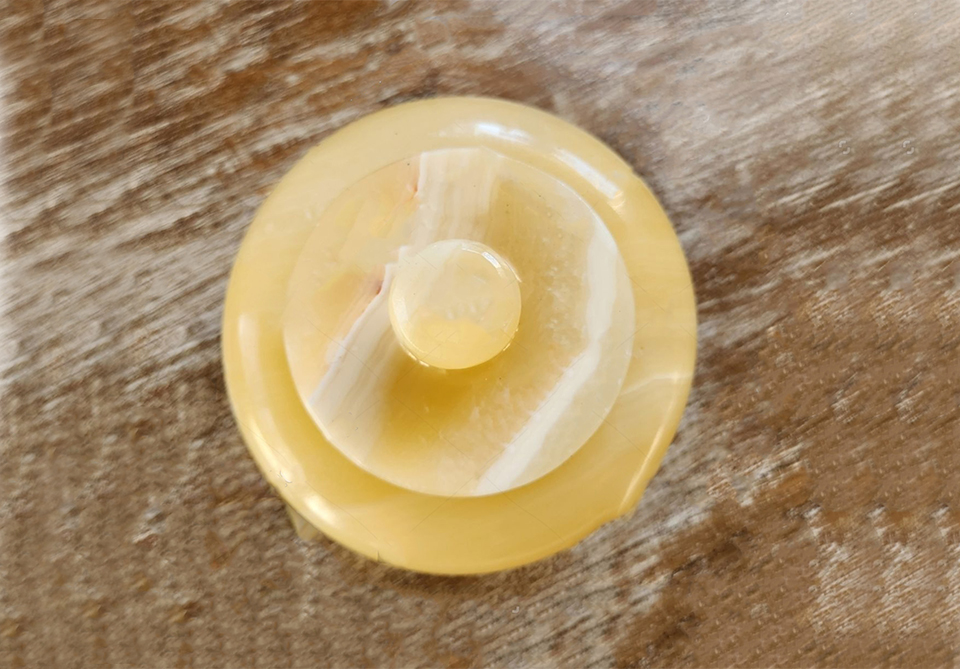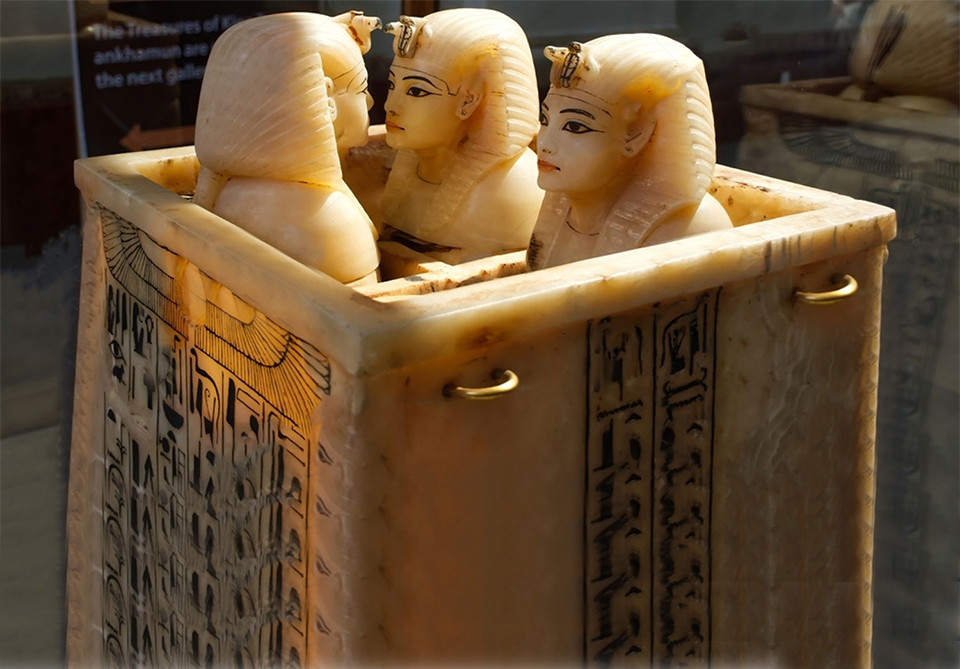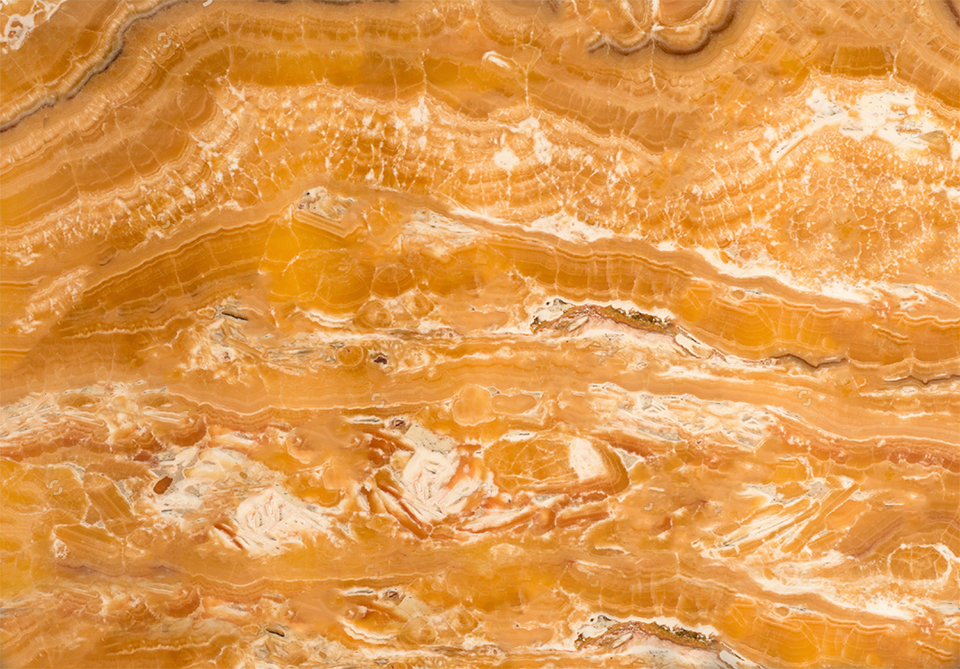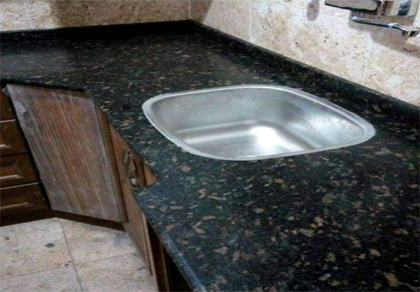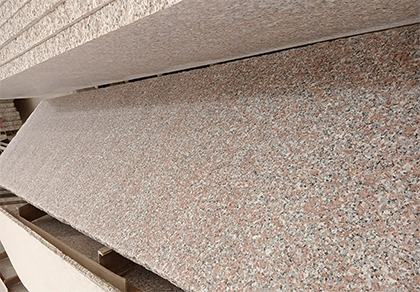Egyptian Alabaster
What is Egyptian Alabaster?
Egyptian alabaster is a type of mineral that is found in several locations throughout Egypt, including the eastern desert and the Aswan area, Egyptian alabaster is a type of translucent mineral that has been used for centuries in art, architecture, and decorative objects, The mineral is relatively soft and easy to carve, making it a popular material for ancient Egyptian artisans. It is a form of calcium carbonate, similar to marble, but with a softer and more delicate texture.
Alabaster was highly valued by ancient Egyptians, who used it to create beautiful vessels, sculptures, and other decorative objects. It was also used to make small oil lamps, which were popular in ancient Egypt. The stone was often carved with intricate designs, and when lit from within, it would create a warm, glowing effect.
One of the most famous examples of Egyptian alabaster is the sarcophagus of King Tutankhamun, which is made of solid alabaster. The sarcophagus is intricately carved with hieroglyphics and other designs and is considered to be one of the most impressive examples of ancient Egyptian art.
Egyptian alabaster has a unique translucent quality that makes it particularly prized for decorative purposes. When lit from within, it creates a warm, glowing effect that is both beautiful and soothing. It is also a relatively soft and easy-to-work material, which makes it a favorite of modern-day artisans and craftspeople.
Today, Alabaster is still used for decorative items such as vases, lamps, and bowls. It is also used in the production of a variety of modern products, including cosmetics, dental products, and pharmaceuticals.

